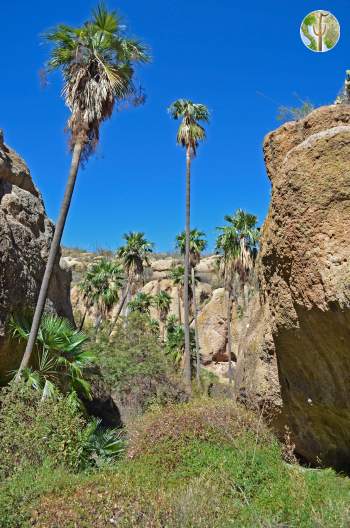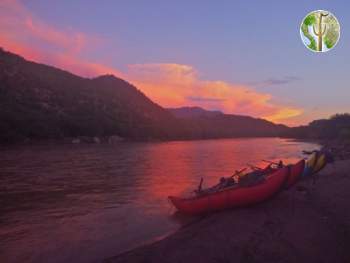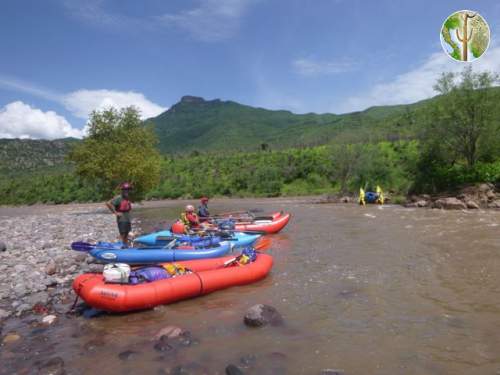Coastal Thornscrub Flora and Vegetation in the Municipality of Huatabampo, Sonora, Mexico
The Municipality of Huatabampo is located along the coast of the Gulf of California in southern Sonora, Mexico. The vegetation is coastal thornscrub, the more xeric version of tropical deciduous forest. In 1890, Edward Palmer collected plants at Agiabampo in the municipality. In the late 1980s and 1990s, Paul S. Martin and his associates extensively surveyed the Municipality as part of the 1998 Gentry’s Rio Mayo Plants book project. In the 1990s, Samuel L. Friedman studied the flora and vegetation of coastal thornscrub for his 1996 master’s degree at Arizona State University.



